All About AI Rendering in Architecture
Not long ago, architectural visualization started with hand-drawn sketches, each stroke expressing an architect’s ideas and creativity. As technology evolved, digital design took over, and computer-generated models became the standard. Using 3D and ArchViz software, architects could manipulate textures, colors, and lighting to produce realistic, detailed visualizations.
Today, we’re entering a new era – the age of AI render architecture. Instead of modeling everything manually, architects can now describe their ideas in simple text prompts and let AI tools generate stunning visuals in seconds. This exciting shift is transforming how architects conceptualize, render, and present their designs.
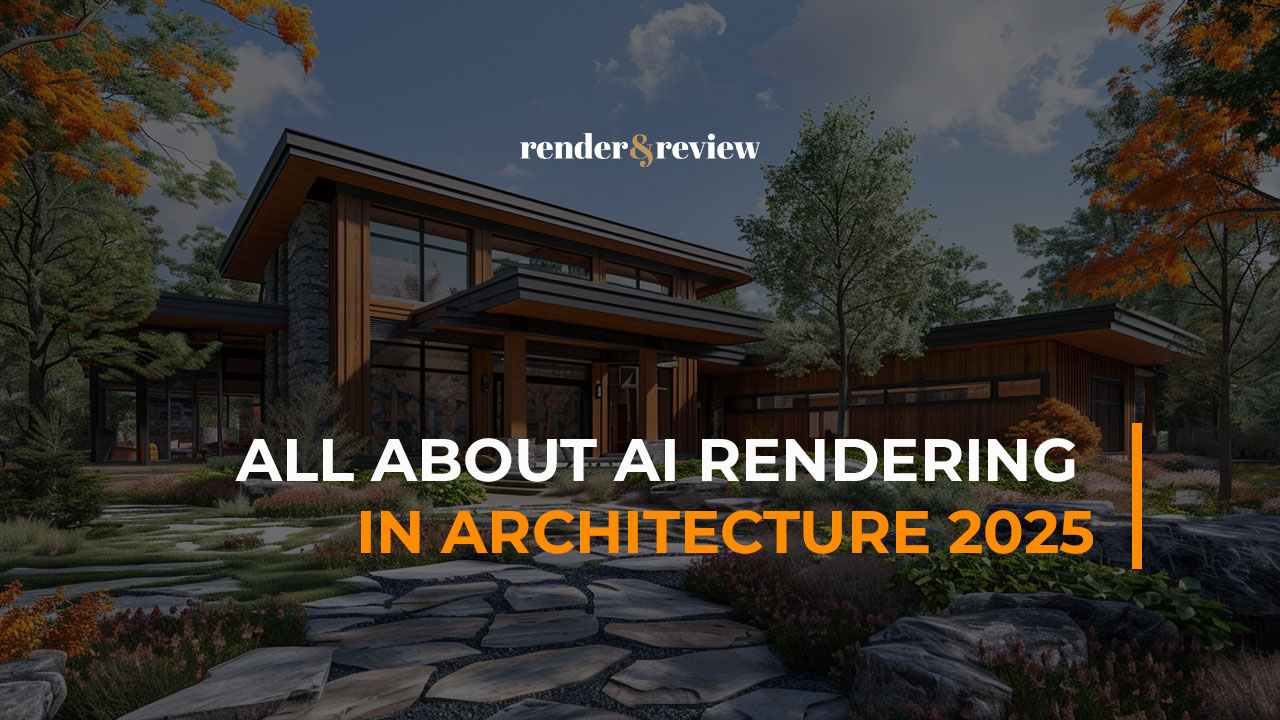
In this article, we’ll explore the role of AI rendering in architecture, whether it’s good or bad, introduce some of the best AI rendering tools for architects, and discuss how you can integrate AI into your workflow to enhance your creativity and productivity.
Table of Contents
AI Rendering in Architecture – Good or Bad?
The question of whether AI render architecture is a positive or negative trend sparks plenty of debate. Some critics argue that using AI in art or design takes away the authenticity of “art.” However, creativity doesn’t lie in the tool itself, but in how it’s used. Just like mastering any architectural software, working effectively with AI also requires skill, experimentation, and a good understanding of design principles. You can’t simply type in random prompts and expect to get a stunning architectural visualization, just as you can’t randomly place textures, lighting, and models in 3D software and call it design.
Ultimately, AI is just another tool in the architect’s creative toolbox. It’s neither inherently good nor bad, what matters is how you use it. When used thoughtfully, AI rendering can bring significant benefits to the architectural process:.
- Speed: AI rendering tools can produce realistic, high-quality images much faster than traditional renderers. This allows architects to visualize concepts and iterate on designs more efficiently.
- Ease of Use: Many AI rendering architecture tools are intuitive and require minimal technical knowledge, making them accessible to both beginners and professionals.
- Quality: AI can generate beautiful, photorealistic results that rival traditional rendering methods, often in just a few clicks.
However, it’s important to recognize the limitations of AI rendering:
- Unrealistic or Inaccurate Details: AI-generated images can look convincing at first glance, but may contain implausible geometry, distorted proportions, or lighting inconsistencies. While great for early conceptualization, AI lacks the human aesthetic judgment needed for precision in textures, materials, and spatial balance.
- Ethical and Copyright Concerns: AI models are often trained on vast datasets that may include copyrighted works. To avoid plagiarism issues, it’s best to use your own sketches or design concepts as input for AI generation. This approach not only ensures originality but also strengthens your creative authorship.
In short, AI render architecture is not about replacing architects but empowering them. It’s a tool for faster ideation, better visualization, and more creative freedom as long as it’s used responsibly.
Some AI Tools for Architecture Rendering
The ecosystem of AI rendering tools is expanding rapidly, offering architects new ways to conceptualize and visualize their projects. Here are some standout platforms worth exploring:
Midjourney
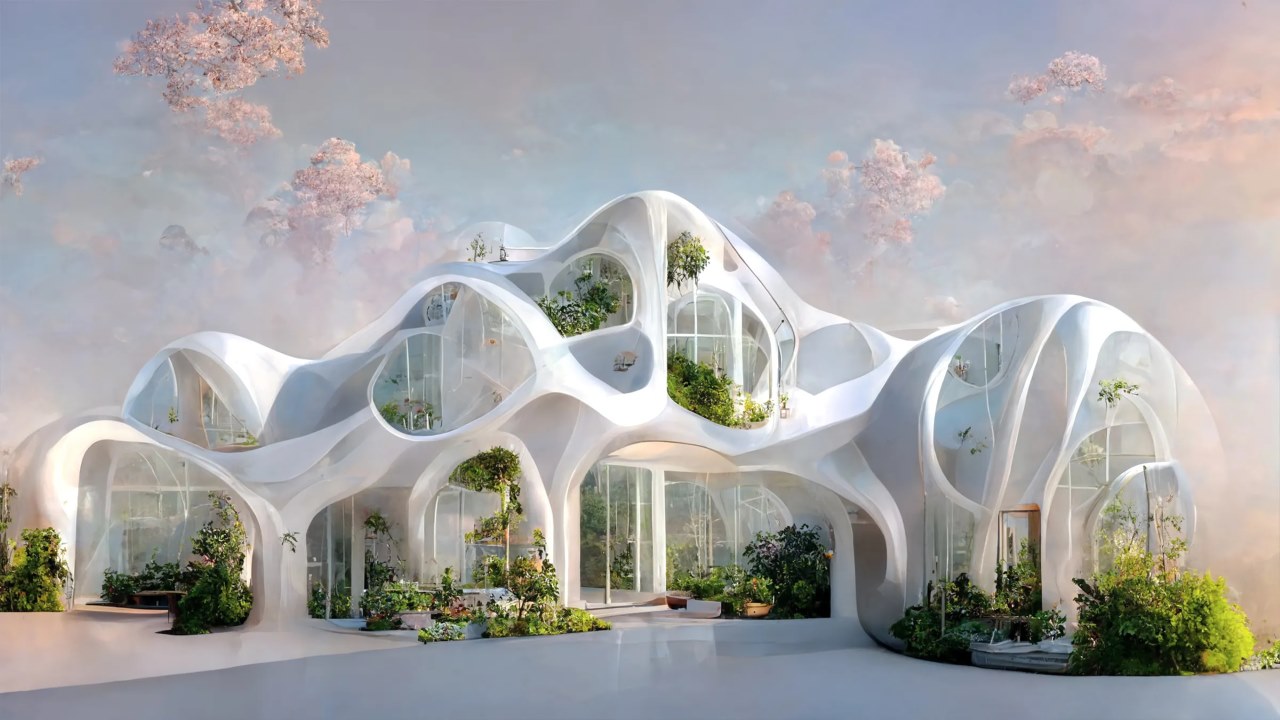
Midjourney is one of the most popular text-to-image AI platforms, allowing users to create vivid architectural concepts from simple word prompts. For architects, it’s a great tool for early-stage ideation, mood boards, and conceptual visualization. By experimenting with prompts and styles, designers can explore forms, materials, and atmospheres that might not emerge through traditional workflows. Midjourney makes AI render architecture fast, flexible, and creatively stimulating.
D5 Render
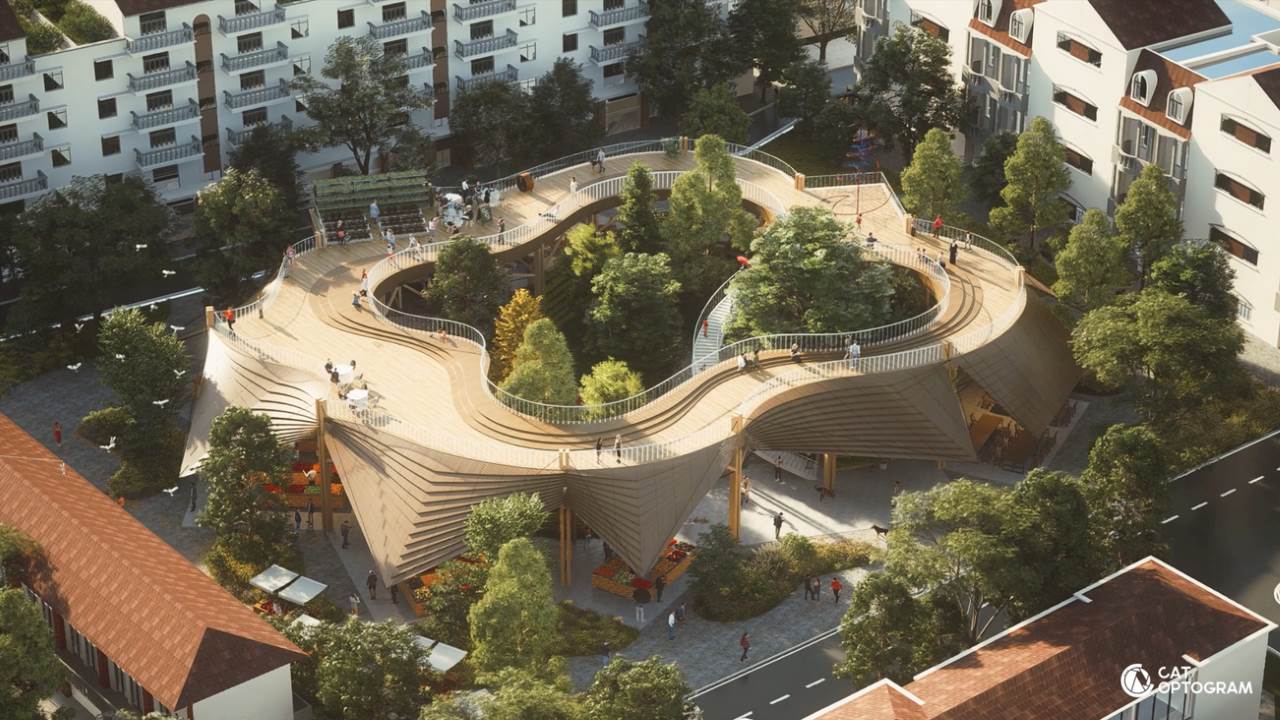
D5 Render is a real-time rendering software that integrates artificial intelligence to enhance the visualization process. It offers several smart features designed to simplify architectural rendering:
- Generate textures from photos: Upload a real-world material photo, and D5’s AI transforms it into a usable texture map.
- Generate material variations: From one texture, the AI can automatically create normal, roughness, and height maps to increase realism.
- AI scene editing: Use natural language instructions to modify elements, add objects, or adjust the environment quickly.
These features make D5 Render an appealing solution for those seeking a balance between realism, ease of use, and intelligent automation.
Mnml.ai
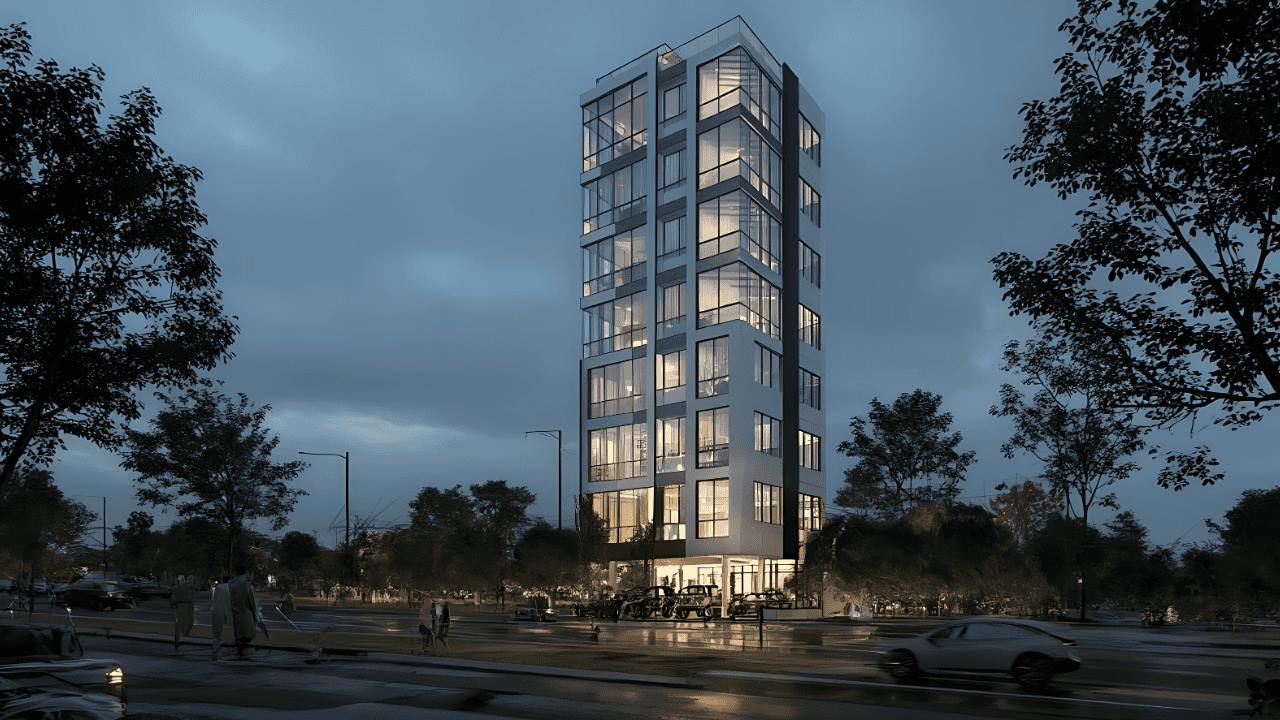
Mnml.ai redefines the rendering process by removing the complexity of lighting and material fine-tuning. Architects can upload a rough sketch or unfinished render, and Mnml.ai will automatically convert it into multiple visualization styles: from day to night scenes or from simple sketches to polished renders. It even allows text-based editing, letting users control aspects like lighting, finishes, and atmosphere. Mnml.ai represents the next step in AI render architecture, where creativity meets automation.
Visoid
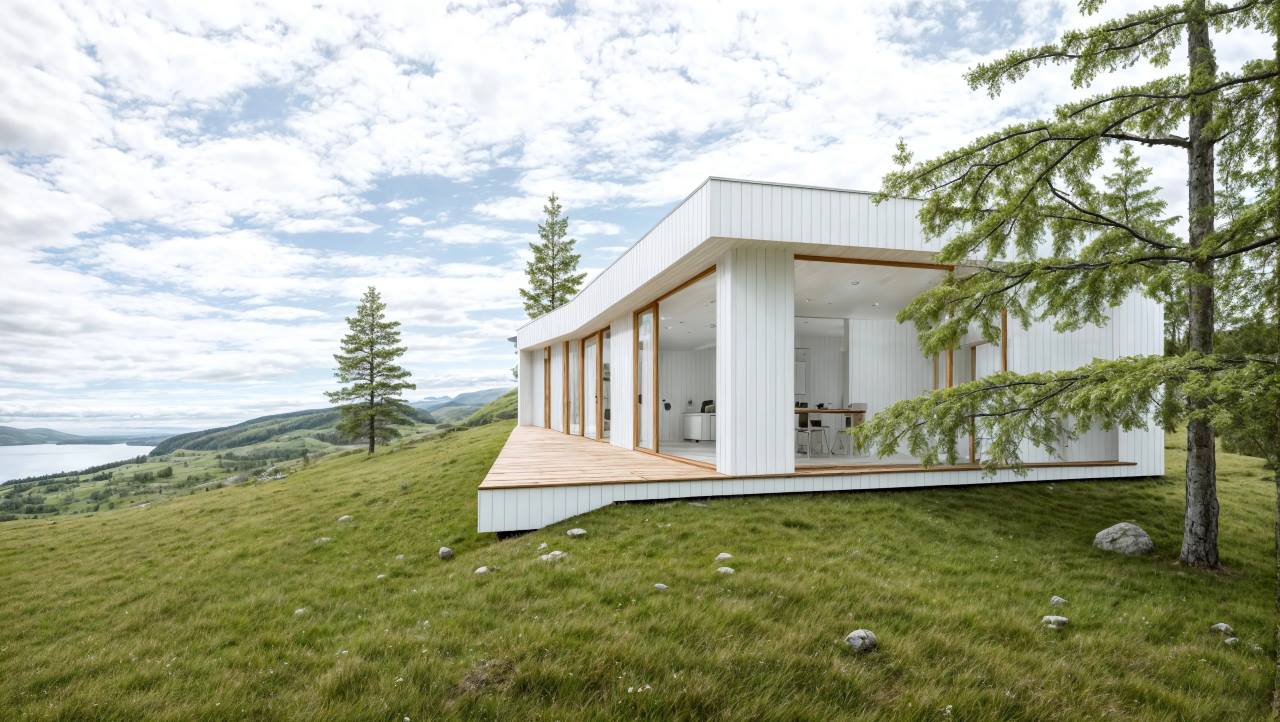
Visoid is an AI visualization platform compatible with popular architecture software such as SketchUp, Revit, and Archicad. It helps architects transform their 3D models into realistic visualizations using AI-assisted lighting and rendering. With its user-friendly interface and seamless integration, Visoid saves time while maintaining the high quality that architects demand.
Other AI Tools for Architects:
- LookX AI
- Interior AI
- PromeAI
- ArchVIZ Assistant
- Adobe Firefly
- Stable Diffusion XL
These tools cater to different stages of the architectural workflow, from concept generation and visualization to texture creation and post-production enhancement.
Conclusion
The rise of AI render architecture marks a major transformation in the architectural visualization landscape. While some may fear that AI diminishes creativity, it actually amplifies it by allowing architects to experiment, iterate, and innovate faster than ever before.
AI should not be seen as a replacement for human talent but as a collaborator that accelerates design thinking and rendering efficiency. By combining the intuition of human architects with the computational power of AI, the industry can move toward a more creative, efficient, and inspiring future.
In the end, the key lies in balance. If you let AI guide your imagination, not limit it, AI render architecture will become one of the most powerful tools in your design arsenal.
See more:



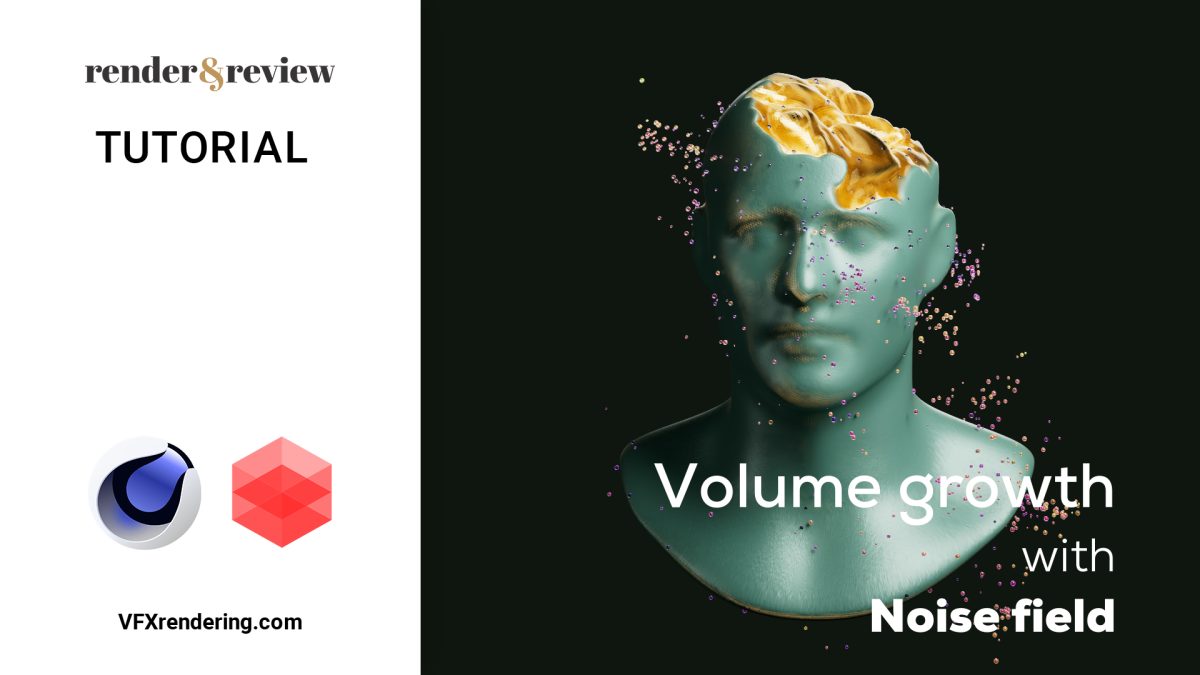
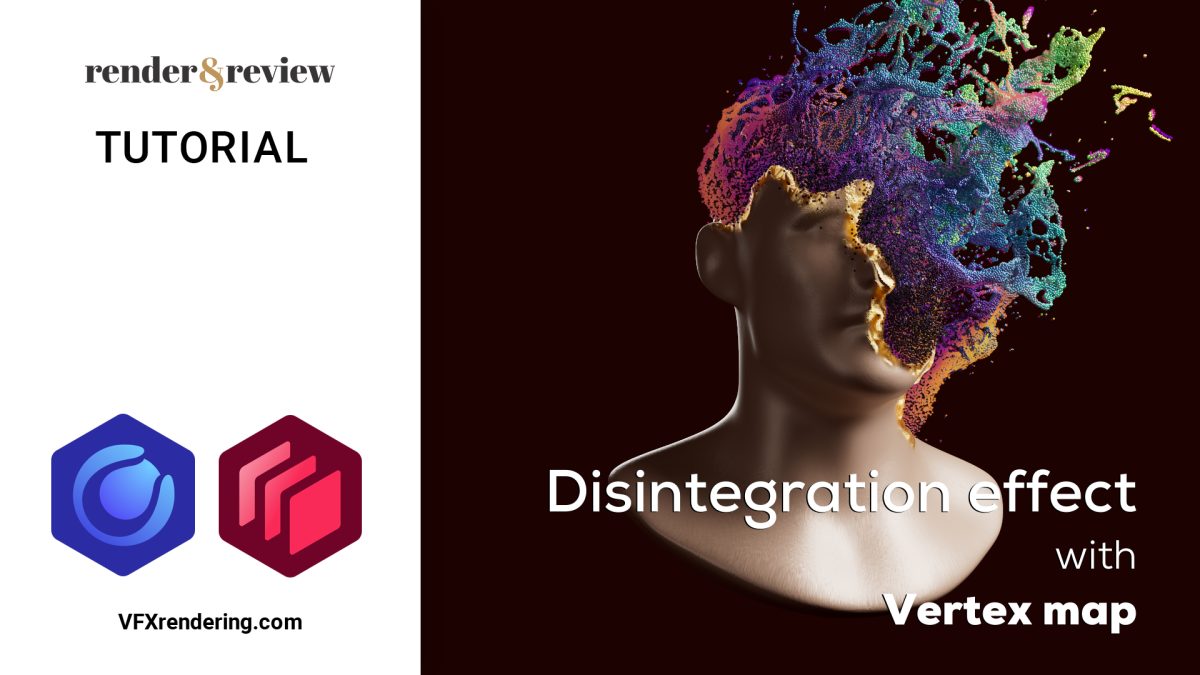
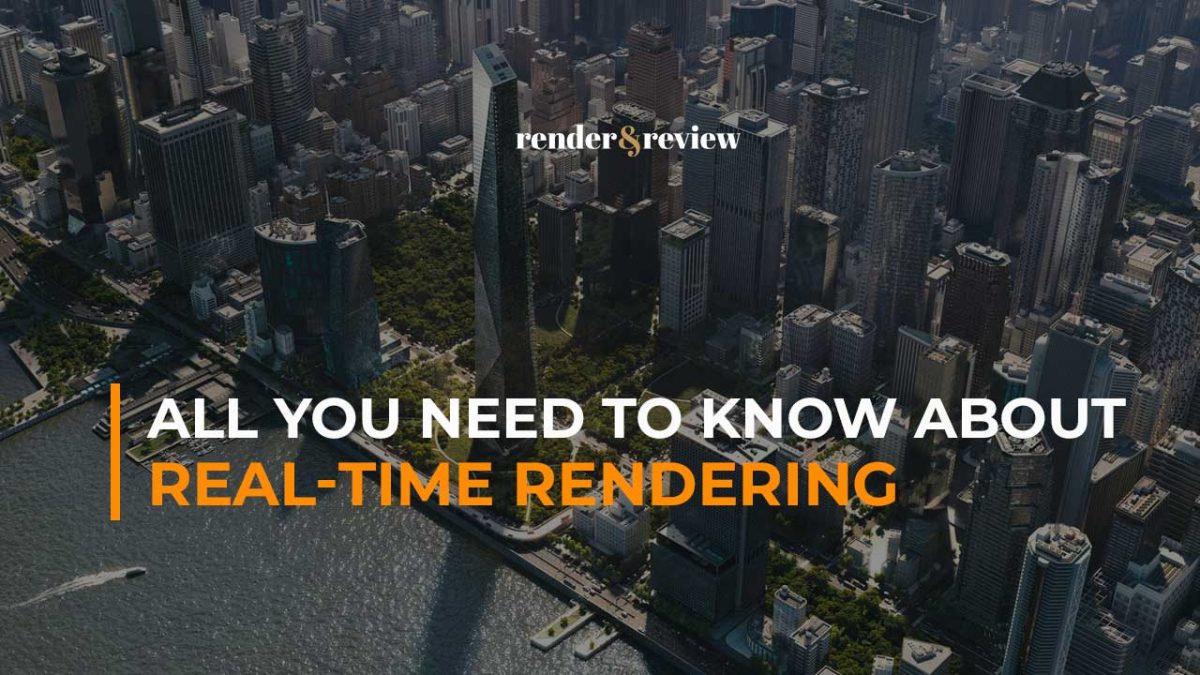
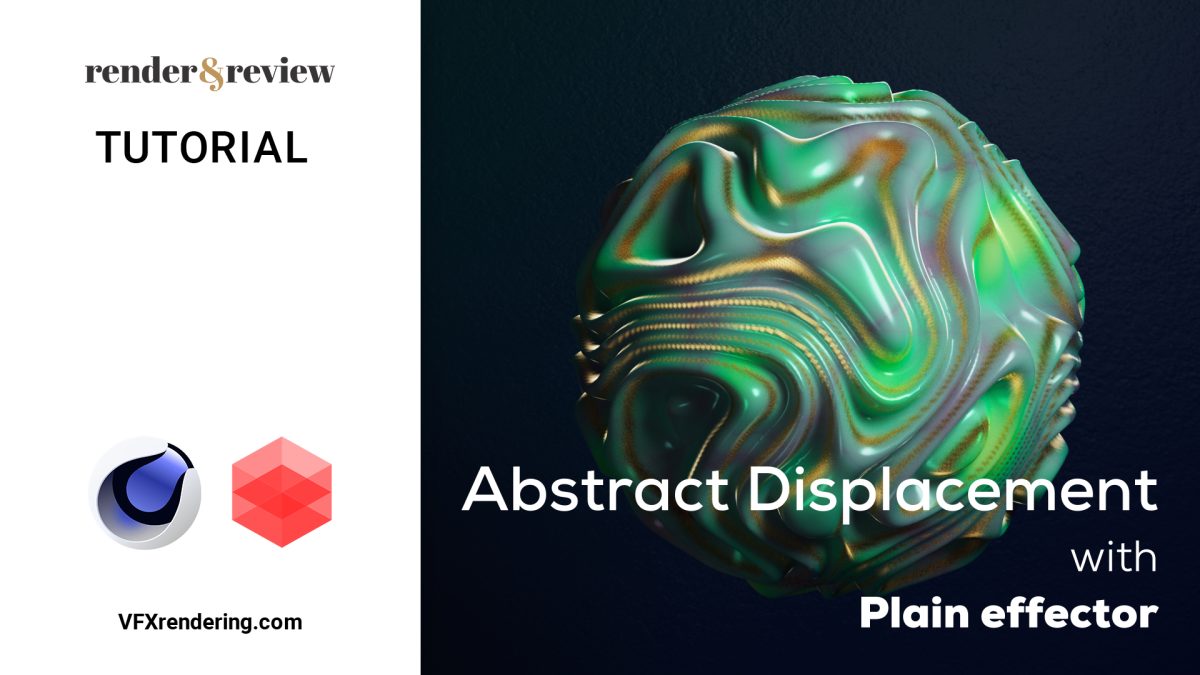
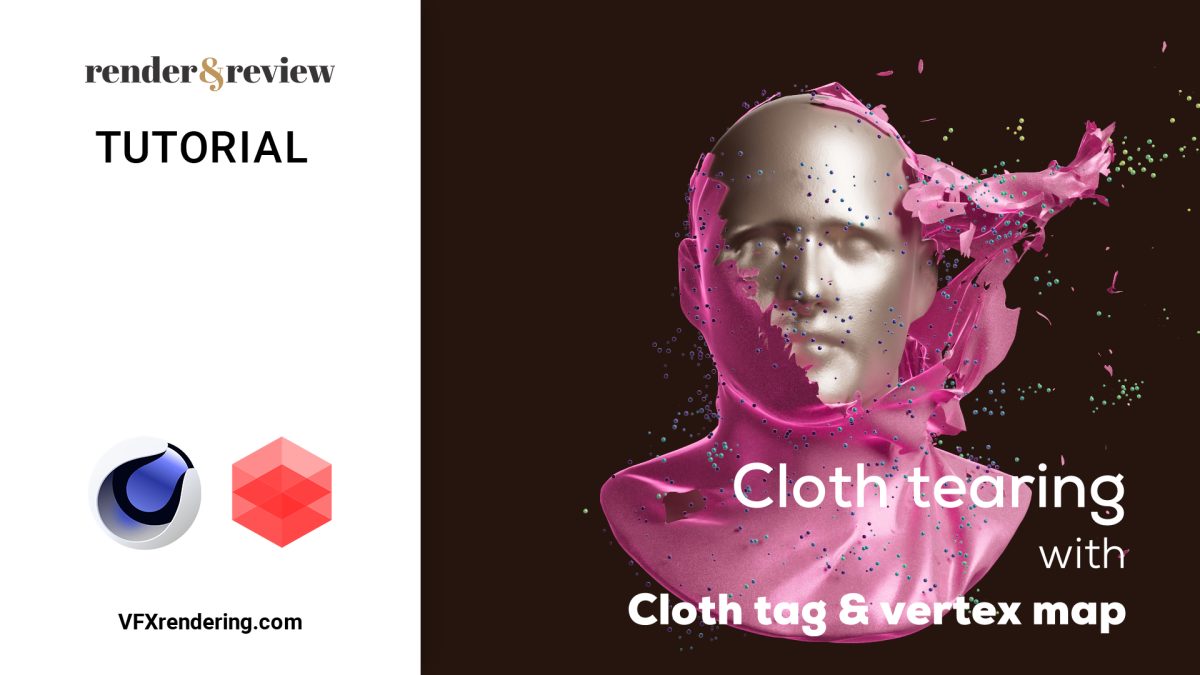
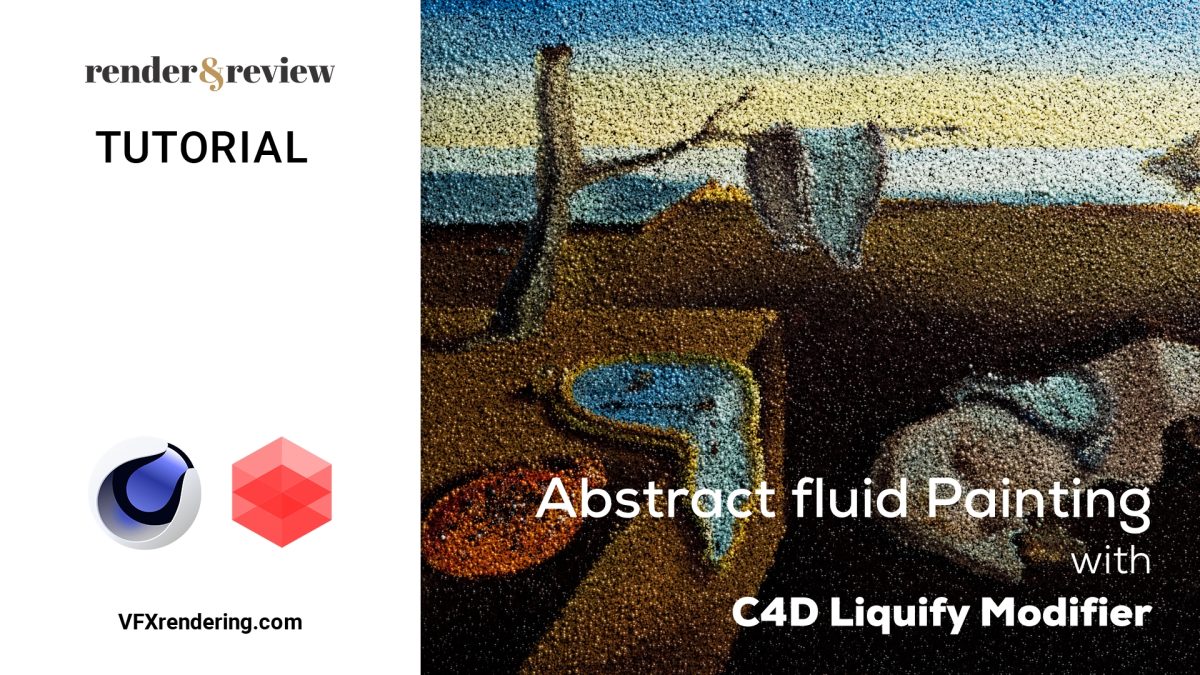
No comments